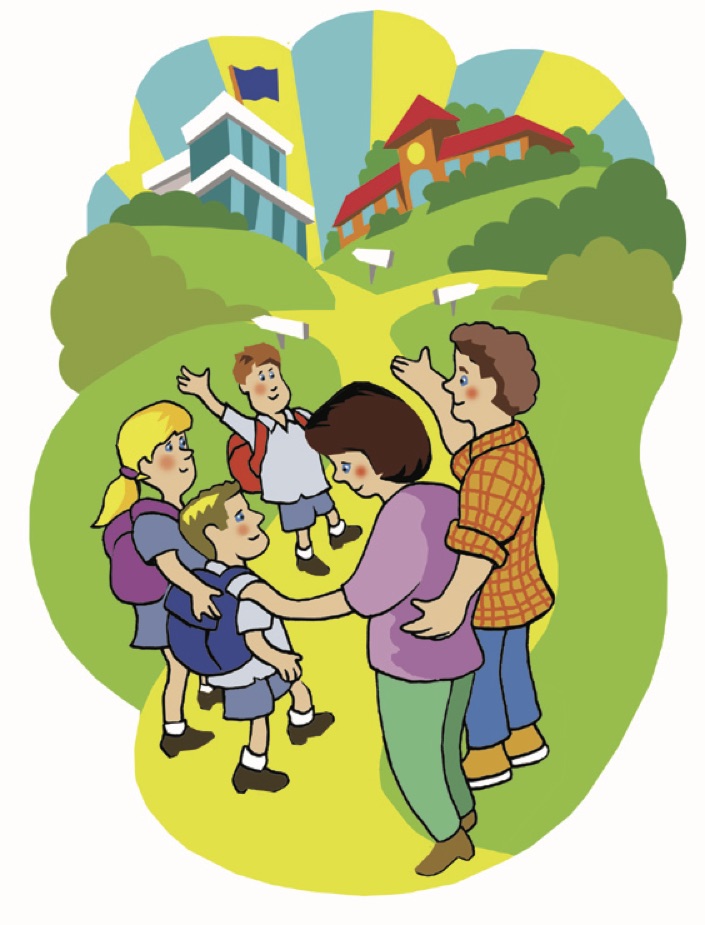
Mal Lee
The core organisational structures of schooling were standardised around 1920.
They remain the same today, with it ever more apparent they will never change.
For the last century billions have been spent seeking to vary the standard structures.
It has born a veritable school change industry and the belief by governments globally that sustained school change is easy.
It is not. It is near impossible.
The constraints at play are immense.
There have been some changes in exceptional situations that have been sustained for decades but a century on they remain the exception.
It is time for all associated with schools to recognise the structural constancy they are working with, to stop tilting at the windmills of structural change and accept successful sustained change is possible only within the existing school structures.
It is time for the many calling for revolutionary school change, particularly in light of the pandemic, to understand the reality and to work with the givens.
Societies, parents and governments worldwide expect the nation’s young to physically attend a place called school, most days of the week, at set times each day, most weeks of the year, breaking for the agreed holidays.
They moreover expect them to be taught in class groups, based in the main on age, and for the students to move in a largely lock step manner through 12-13 years of schooling.
The schools and teachers are expected to take prime responsibility for the children’s school time care and development, and the provision of an apt holistic contemporary education.
Those expectations were stress tested, like every other facet of schooling, by the COVID-19 pandemic.
The pandemic affirmed socially, economically and educationally worldwide the critical importance of the traditional school organisational structures.
It also reaffirmed the imperative of the nation’s young being off their parent’s hands, and in schools for much of the of the working year. The nation, the economy and society can only ever operate in a hovering pattern while ever the young have to be tended by their parents. National productivity is dependent on both parents being able to work, knowing the exact times and dates their children will be at school.
Tyack and Cuban in 1995 talked of the ‘grammar of schooling’. They, like many eminent educators before them noted the constancy of schooling, and its inability to maintain sustained structural change (Lee and Broadie, in press).
The basic grammar of schooling, like the shape of classrooms, has remained remarkably stable over the decades. Little has changed in the ways schools divide time and space, classify students and allocate them to classrooms, splinter knowledge into ‘subjects’ and award grades and ‘credits’ as evidence of learning (Tyack and Cuban, 1995, p85).
A quarter of a century on the grammar of schooling remains as strong as ever.
Implicit in the analysis of the grammar of schooling, and the commentary on the constancy of the standard school organisational approach over a century is a criticism of the standard model, and a belief the structures must be fundamentally changed to achieve the desired school improvement.
Many, including the author have striven over the decades to make what were perceived to be essential structural improvements.
Change to the standard model was perceived to be critical.
COVID -19 has done schooling globally a great service by seriously challenging that assumption, and demonstrating it is folly to continue pursuing that path.
The pandemic has obliged all associated with schools to differentiate between the core organisational school structures and what can be done within those structures.
It has affirmed the core structures can never be changed.
But it also demonstrated substantial successful sustained school change can occur within those structures.
Indeed the pandemic has made it clear that successful school change must be done within the existing structures, giving society the constancy it desires while also providing the young the opportunity to have an apt contemporary education.
In forcing schools to go digital, in highlighting the critical importance of the physical place called school and giving teachers and schools a working insight into what was possible and desirable within a networked learning community the pandemic hopefully put to rest the now century old belief that core structural change is critical to school growth.
Schools globally demonstrated during the pandemic their ability to operate as digitally mature organisations, to think digitally, to normalise the everyday use of the digital, to create dynamic digital cultures and learning environments, to use the networks to genuinely collaborate with their families and to grow ever richer digital ecologies – from within the existing walls and organisational structures.
An apt comparison are the many cutting edge businesses operating in traditional hours, within converted warehouses and factories. On first glance physically they look like dated organisations, but a closer look will often reveal the dramatic changes that have occurred within those aged walls.
The same holds with schools.
Some of the most dynamic will at first glance appear to be Victorian era establishments, with the students wearing much the same trappings as generations before, attending at the same time, participating in decades old rituals but venture within and one will soon see the dramatic change that has occurred in the learning environment, the culture, the teacher student relationships and the nature of the teaching.
One of the unheralded virtues of the digital technology is that it is not like paper, site dependent. It can be used as readily within that Victorian era building, an ancient two teacher rural school, a modern flexible designed suite of buildings, a train or coffee shop.
The key is to accept the traditional school structures will never change, nor will the core parent expectations but within those walls and expectations there are immense opportunities for on-going successful change and evolution.
- Lee, M and Broadie, R (In press) Digital Teachers. Digital Mindsets
- Tyack, D and Cuban, L (1995). Tinkering Toward Utopia. Cambridge. Massachusetts. Harvard University Press.
